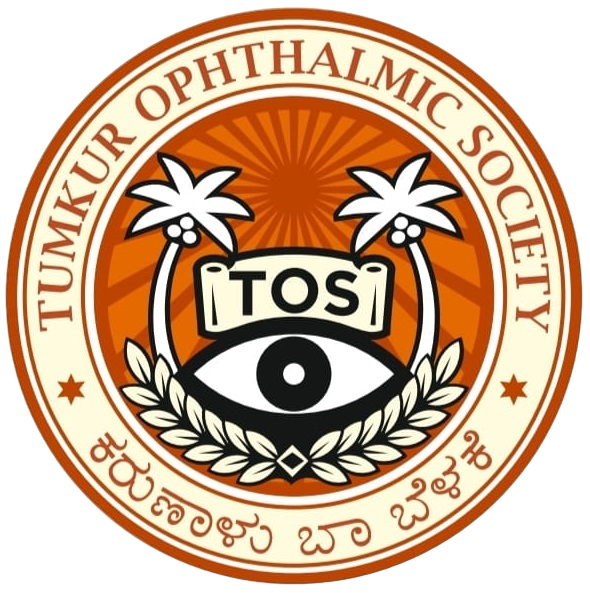Herpes Keratitis
What is Herpes Keratitis?
Herpes keratitis is a viral infection of the eye caused by the herpes simplex virus (HSV). There are two major types of the virus:
Type I is the most common and primarily infects the face, causing the familiar “cold sore” or “fever blister.”
Type II is the sexually transmitted form of herpes, infecting the genitals.
While both Type I and Type II herpes can spread to the eye and cause infection, Type I is by far the most frequent cause of eye infections. Infection can be transferred to the eye by touching an active lesion (a cold sore or blister) and then the eye.
Herpes Keratitis Causes
Type I herpes is very contagious and is commonly transmitted by skin contact with someone who has the virus. Almost everyone — about 90 percent of the population — is exposed to Type I herpes, usually during childhood.
After the original infection, the virus lies in a dormant state, living in nerve cells of the skin or eye. Reactivation can be triggered in a number of ways, including:
Stress
Sun exposure or other UV light exposure (such as tanning beds)
Fever
Trauma to the body (such as injury or surgery)
Menstruation
Certain medications
Once herpes simplex is present in the eye, it typically infects the eyelids, conjunctiva and cornea. It may also infect the inside of the eye.
Herpes Keratitis Symptoms
The symptoms of herpes keratitis may include:
Pain
Redness
Rash
Blurred vision
Tearing
Discharge
Sensitivity to light
If the infection is superficial, involving only the cornea’s outer layer (called the epithelium), it will usually heal without scarring. However, it if involves the deeper layers of cornea (which can happen after time), the infection may lead to scarring of the cornea, loss of vision and sometimes even blindness.
Left untreated, herpes keratitis can severely damage the eye.
Herpes Keratitis Treatment
Treatment of herpes keratitis depends on its severity. Mild infection is typically treated with topical and sometimes oral antiviral medication.The doctor may gently scrape the affected area of the cornea to remove the diseased cells. In case of severe scarring and vision loss, a corneal transplant may be required.
